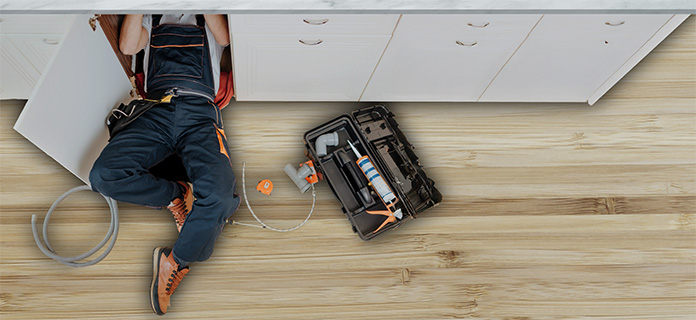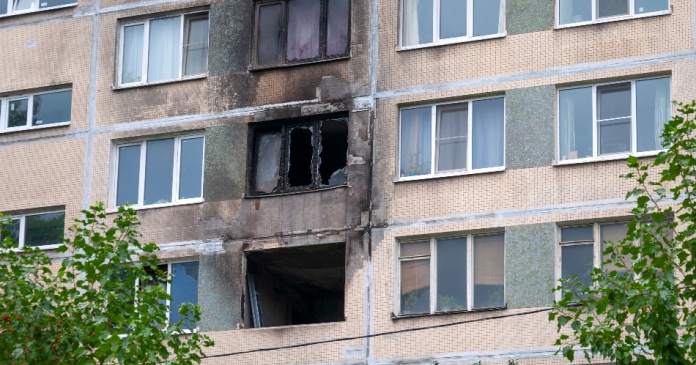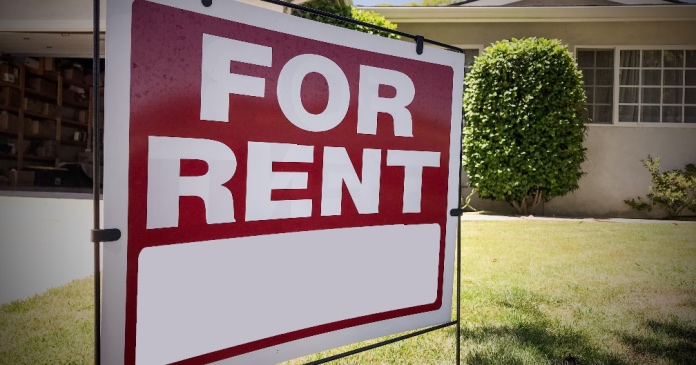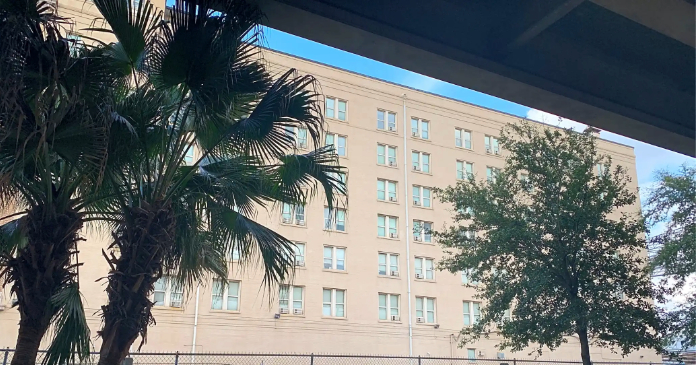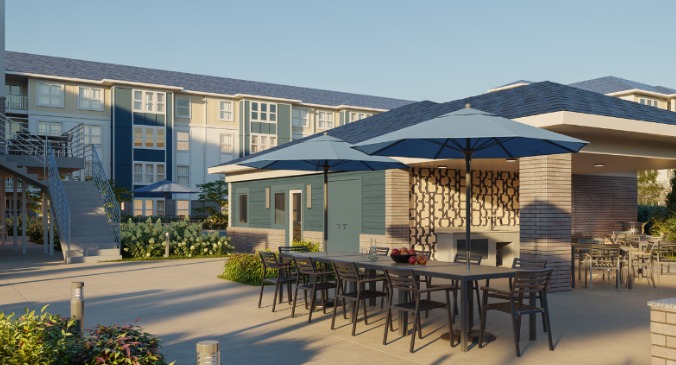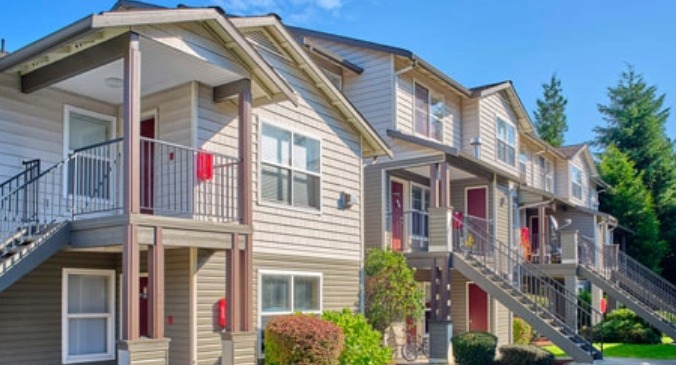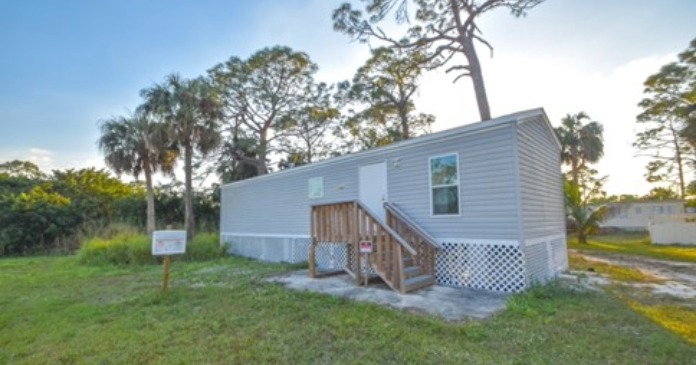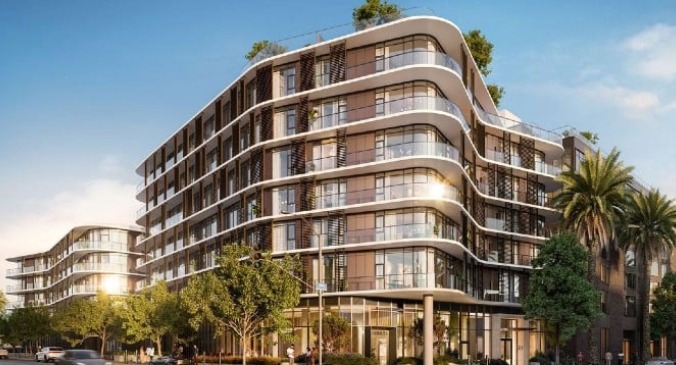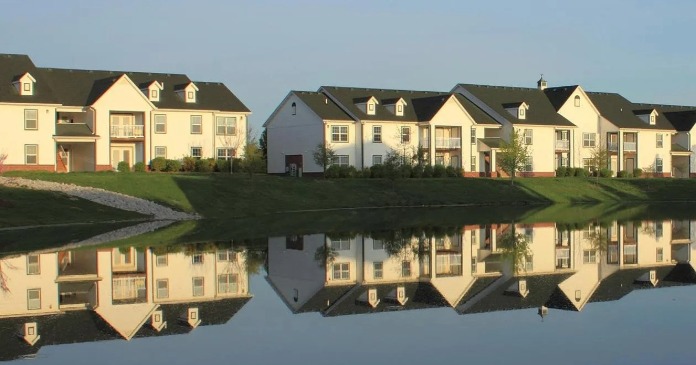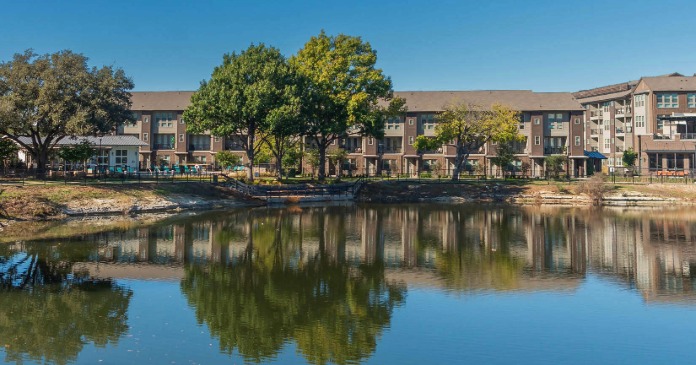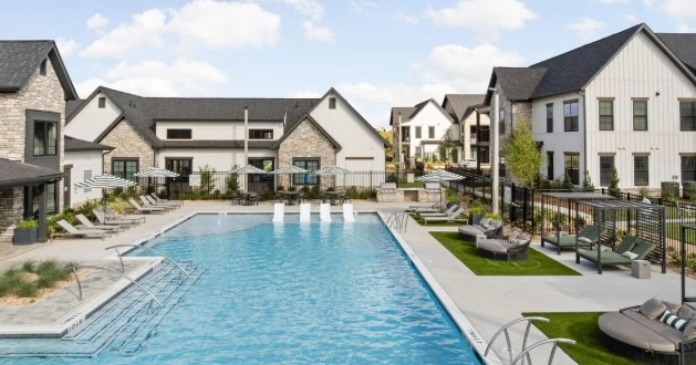One priority keeps coming up among residential property management leadership: “We need to do something about maintenance.” For most operators, maintenance presents the next major challenge in centralization. As the industry evolves, there is a pressing need for a fresh approach to maintenance, yet many grapple with the next step in refining their best practices.
Maintenance is one of the main challenges of operating any residential property. Failing to promptly and effectively respond to the upkeep and repair issues that emerge is a surefire way to cause residents to move and increase turn, leading to lost ROI and a plummeting reputation.
And while most property management companies keep dedicated onsite teams, this can cause service to vary widely across a portfolio, denying some properties of the best professionals, and even of key technicians.
Decentralized and disorganized
Maintenance breaks down into multiple categories: Intake, triage, scheduling, outsourcing, and performing the maintenance. Traditionally, on-site teams handle intake and triaging, but those tasks don’t take a lot of localized knowledge—a central team or even an AI can do that from anywhere.
When it comes to performing maintenance tasks, the traditional multifamily maintenance model is to have one staff member for 100 units or so. At any three-hundred-unit property, for example, a dedicated maintenance team might employ only three people to handle the work orders as they come in. This functions overall, but it blunts the levers for efficiency.
If team members are strictly assigned to their properties, some properties may receive better service, or be left without specialists (HVAC, plumbing, electrical, etc.) when their dedicated specialist takes time off or leaves the company. Centralization allows a single skilled labor pool to provide equally excellent service across an entire portfolio, sharing institutional knowledge and expertise while being scheduled by a dedicated AI system.
Forward-thinking property management leaders worldwide are looking to centralize their maintenance and upkeep operations. By leveraging AI chatbots as well as AI-driven scheduling and triage capabilities, companies can create a single, centralized maintenance team. This way, every property shares the best team members and has access to the same specialists.
Centralization is the best way to bring greater specialization and consistency to property management. A centralized system dispatches team members where they’re needed, and can even shift outsourcing practices to rely on outside contractors only when necessary, while still dispatching these professionals automatically whenever necessary.
Data, analytics and machine learning can optimize outsourcing decisions to only use outside vendors, when necessary, for example after hours, or if no dedicated maintenance staff are available. Minimizing unnecessary outsourcing this can have a huge impact on overhead.
The role of AI
An AI platform can handle intake and triage, then schedule and assign tasks all on its own. That same AI platform, working through a chatbot, can help residents with minor issues and avoid a lot of those service requests altogether. AI can do these things more accurately and with a higher level of service than people expect.
Residents using an AI chatbot to make maintenance requests are having a text or chat conversation while the AI determines what the resident needs, and whether their issue is an emergency that needs to be escalated. This way, requests follow the same process every time while minimizing the amount of time team members spend taking calls, especially after hours. This can dramatically improve the work-life balance and job satisfaction across a team.
AI chatbots to handle maintenance requests are only the tip of the centralization iceberg. AI can also provide route optimization, which is incredibly meaningful to property management companies with a widespread portfolio. Route optimization can help a single centralized team operate efficiently across multiple sites within a geographical area.
Under a full centralization model, property management companies can take the best members of all their dedicated property teams and form one core team to dispatch throughout their portfolio. This way, no residents need to wait much longer than those at another location or deal with a lower quality of service.
No one property becomes significantly costlier in terms of outsourcing, as the central team always has the general staff and specialized staff to provide service within business hours. With a centralized AI-driven dispatching service, the right professional always arrives in a timely manner, based on the urgency of each task, and is routed to most efficiently handle the day’s issues.
Why centralization works
Imagine a water extraction problem in the middle of the night. That sort of issue can’t wait, but the regular team is off the clock. AI-driven outsourcing systems can immediately contact the all-hours water extraction vendor to perform that service seamlessly. This is just one way in which centralized maintenance systems work better than the disorganized alternative.
Centralized systems also make it easier to meet the needs of the maintenance team and ensure they have all the supplies and instructions they need to arrive at the correct sites and resolve the necessary issues before moving along. Because the system is fully integrated and centralized, there is no chance of any important step, tool, or information getting lost, as happens often with disparate or isolated systems.
AI takes every request through every step from intake to completion, which is not at all assured with a decentralized, analog maintenance model.
Ultimately, centralization is about making every aspect of maintenance easily available whenever it is needed. This convenience and flexibility is prompting the entire residential property management industry to pivot toward a centralized way to work.


